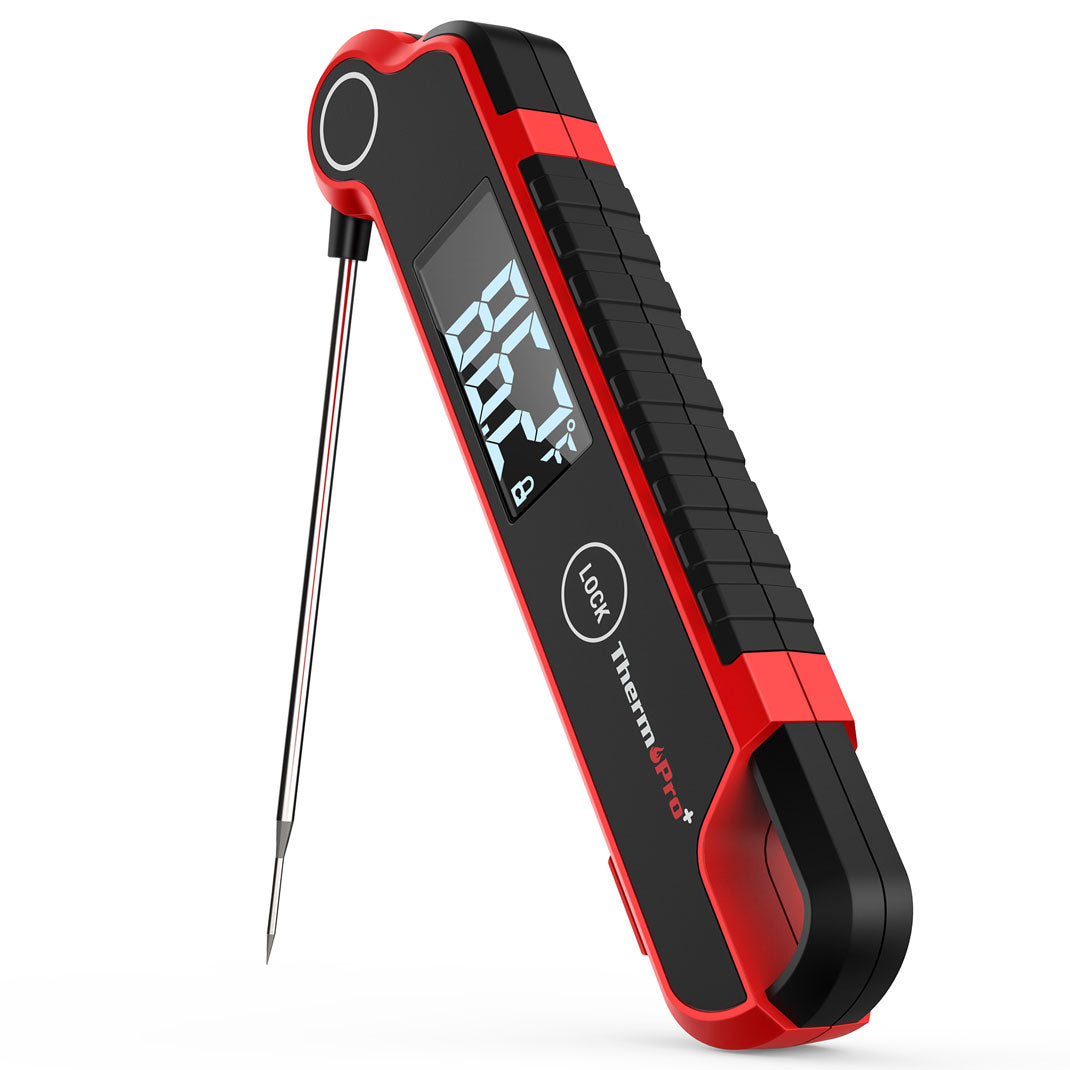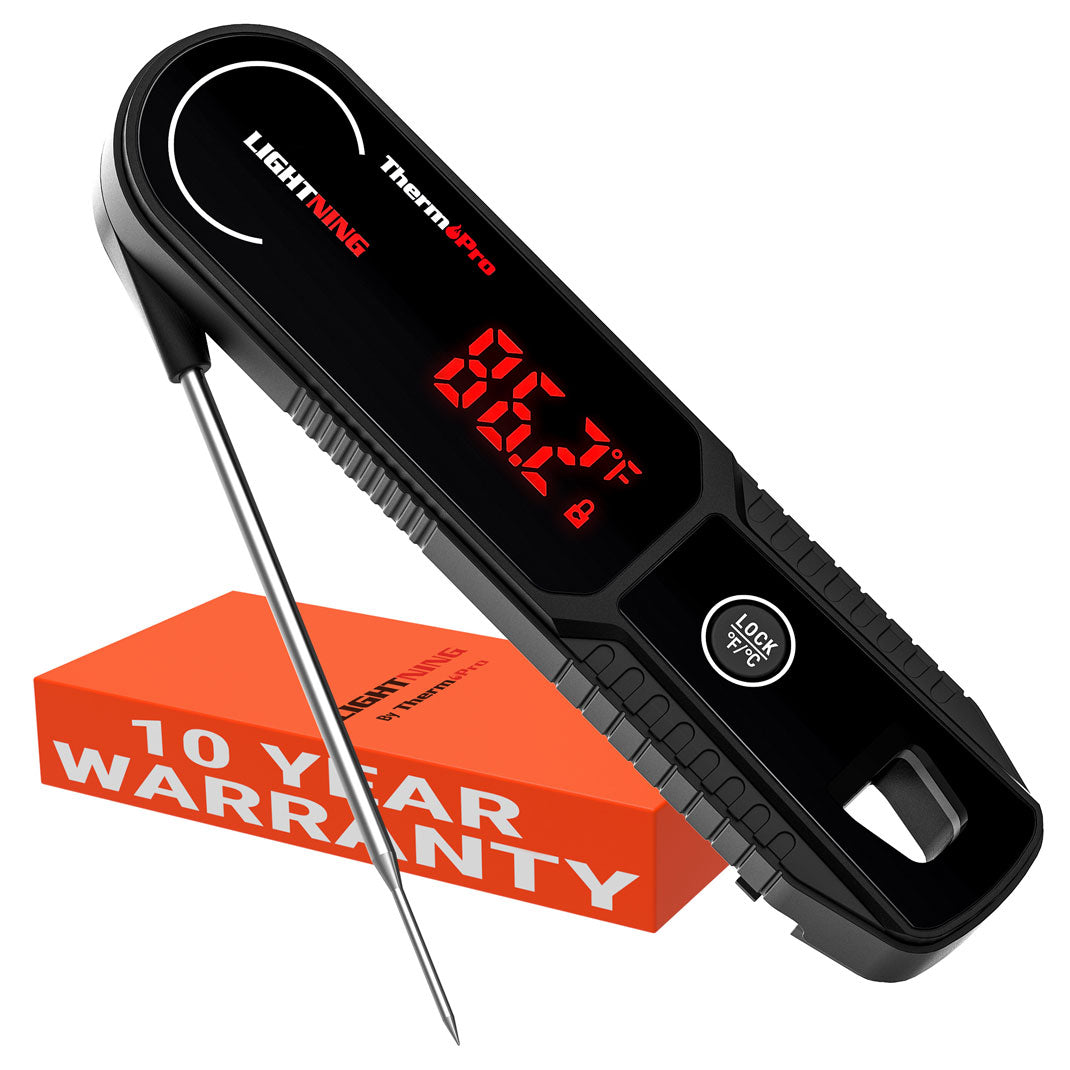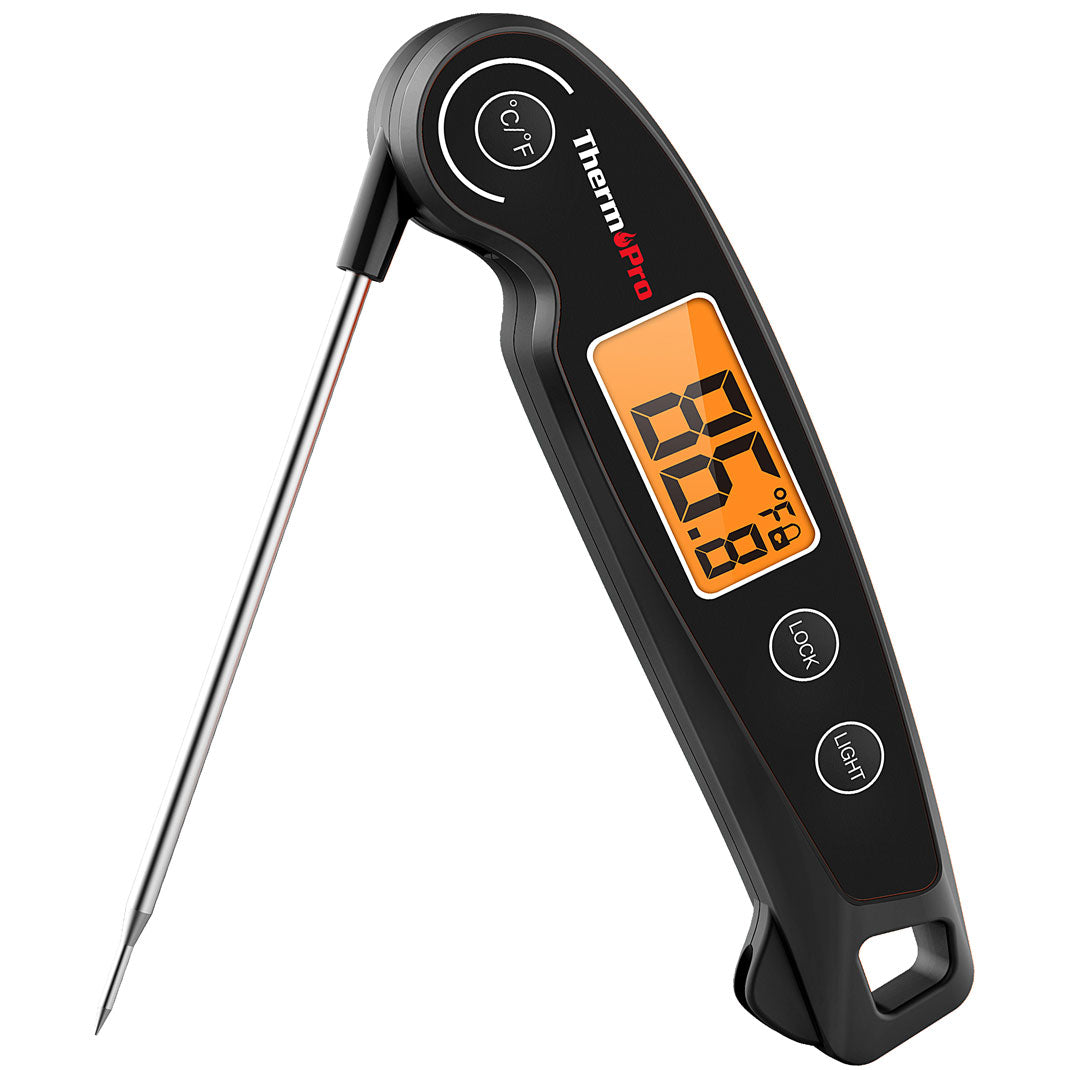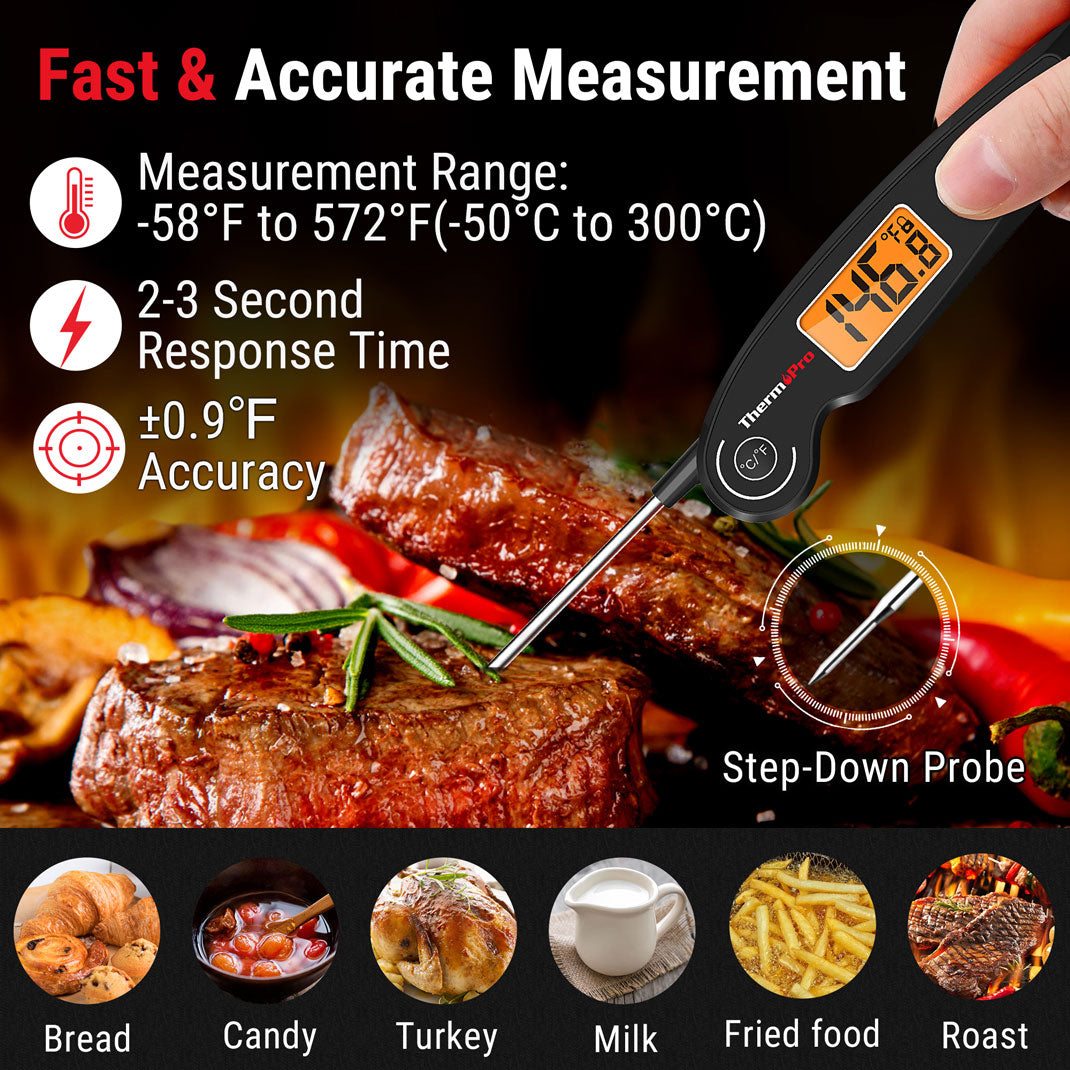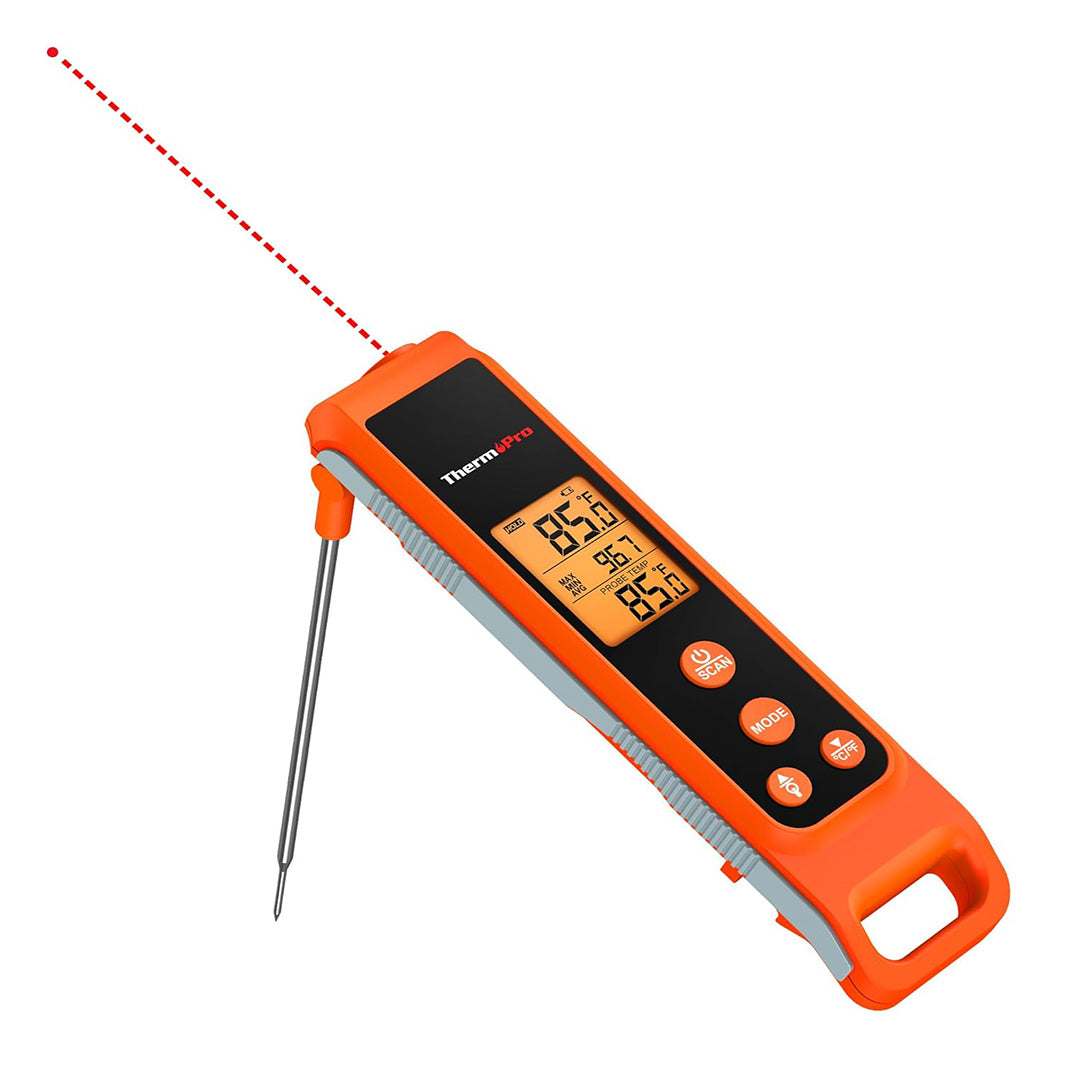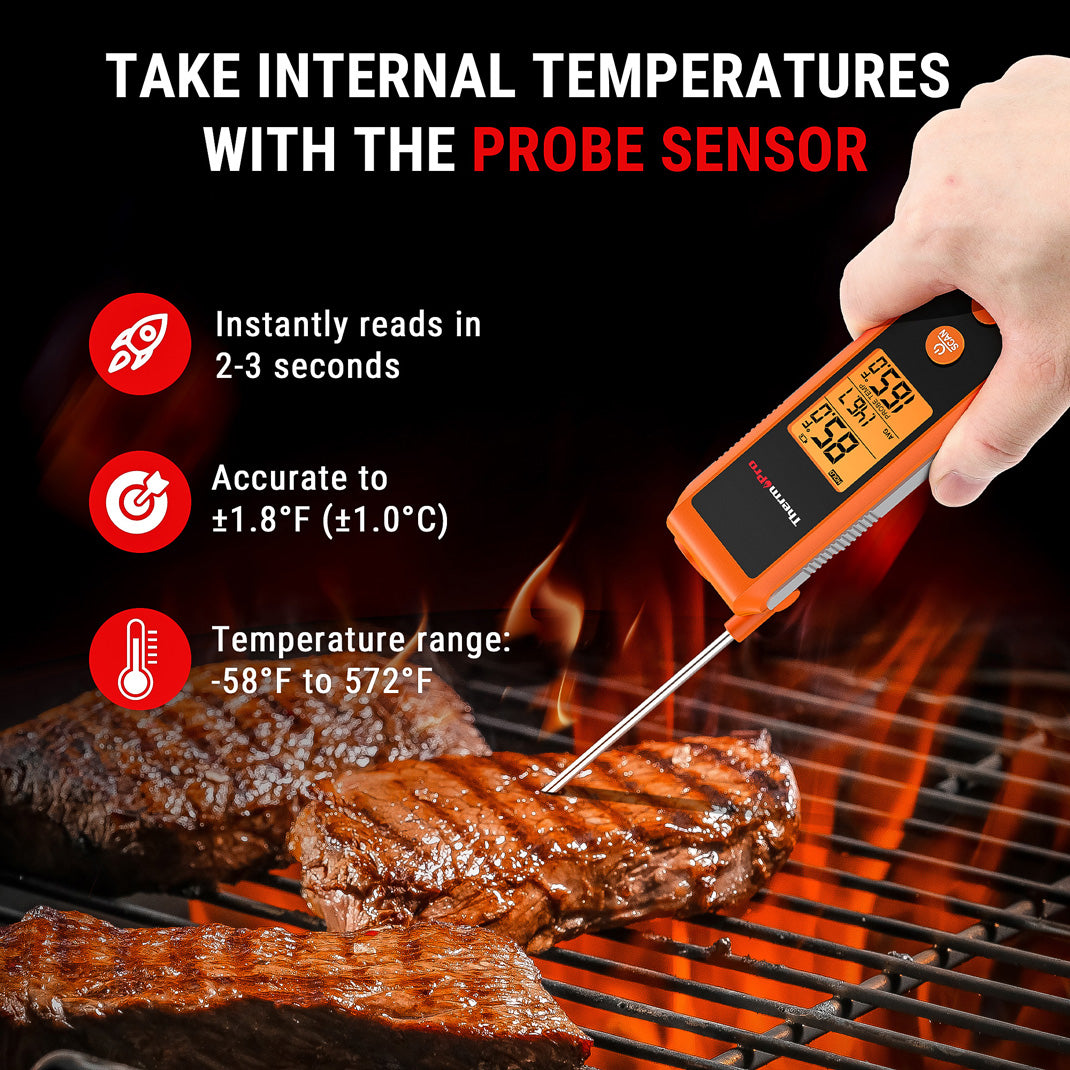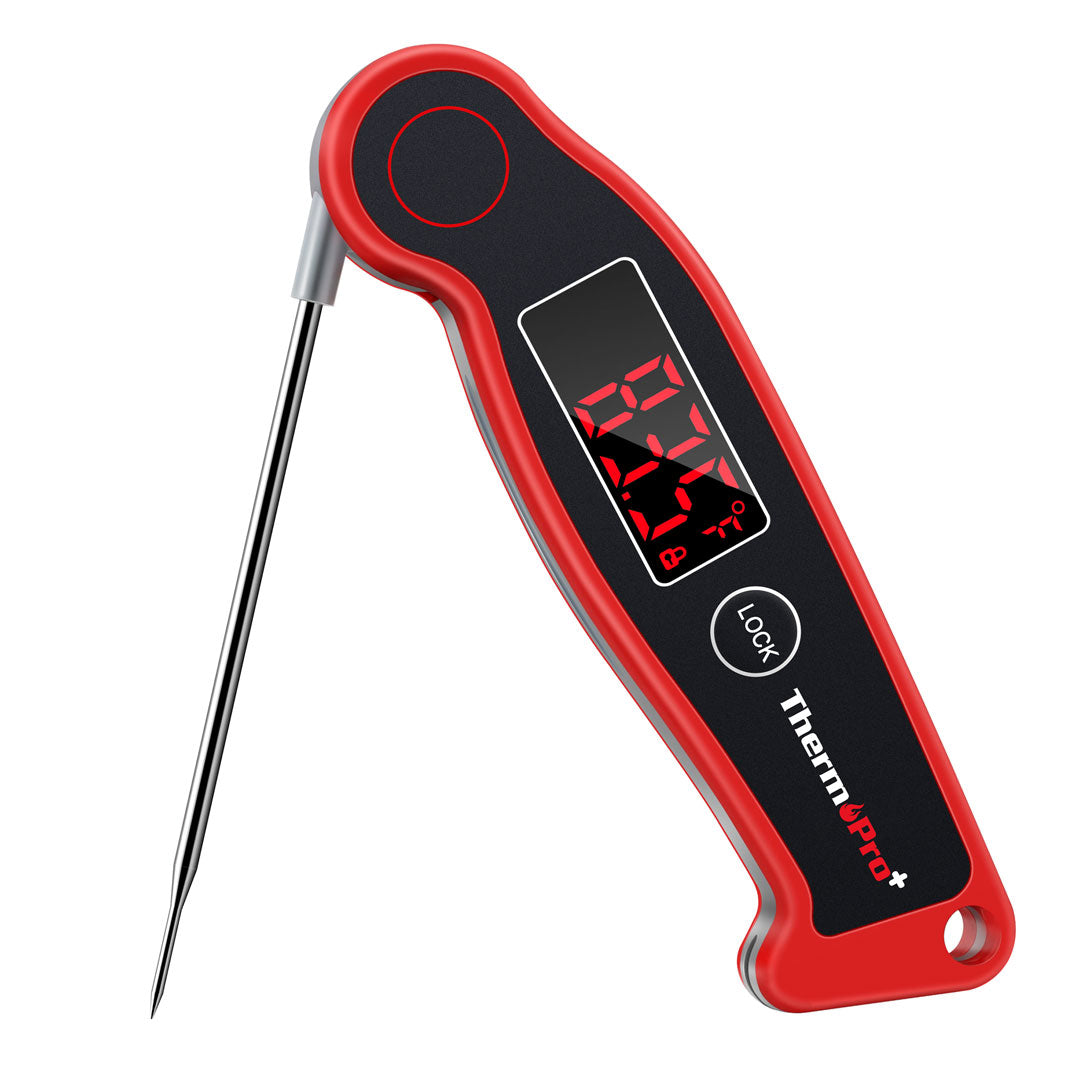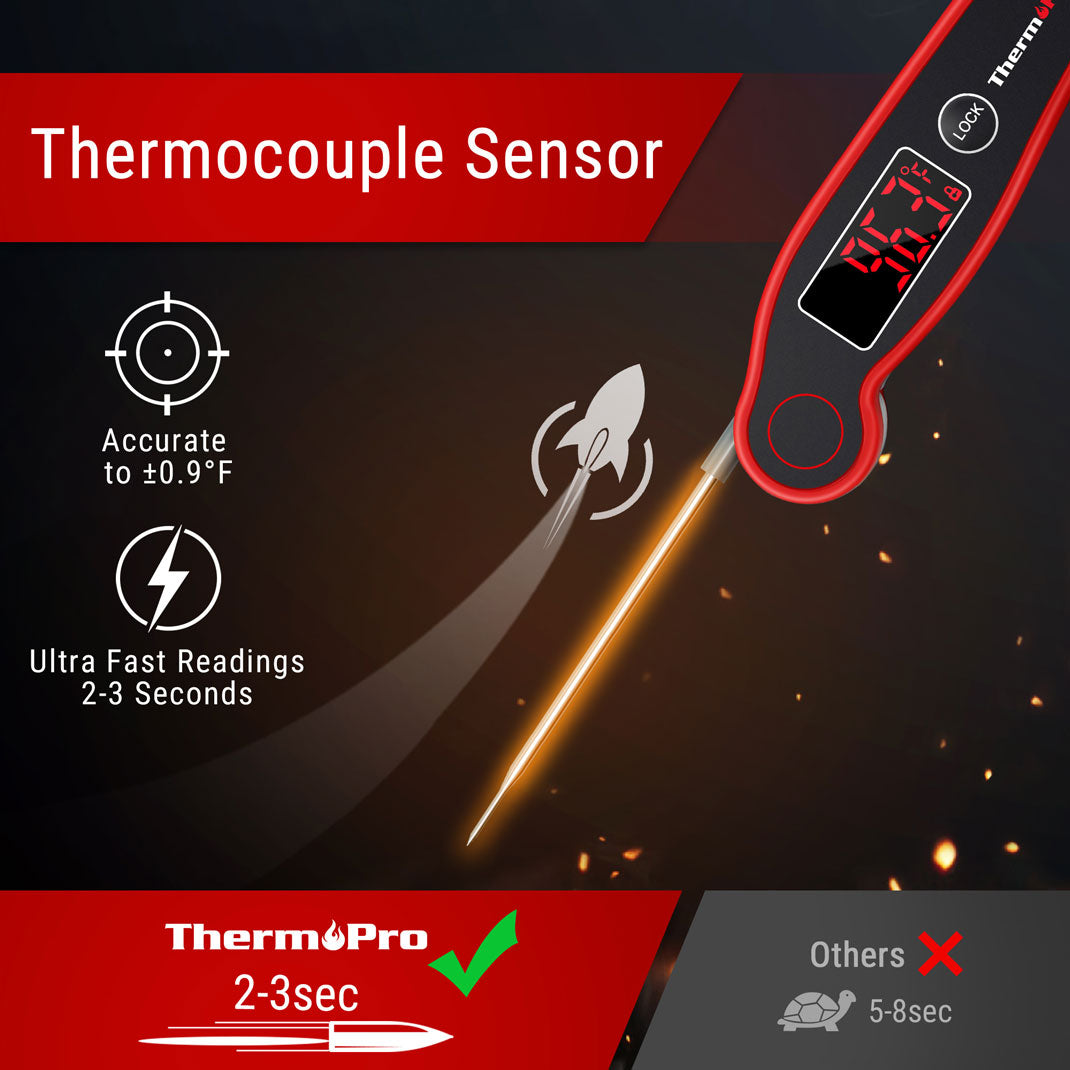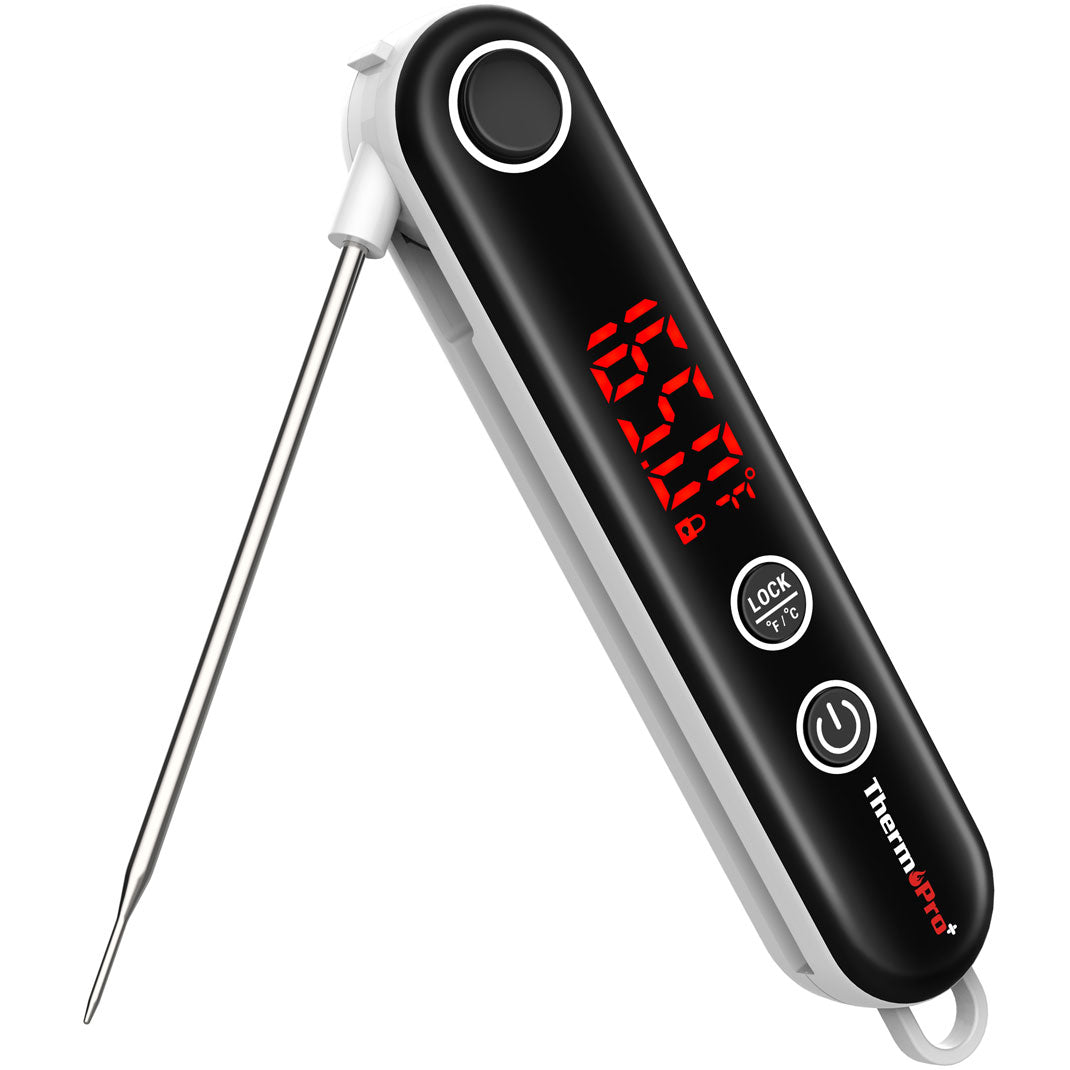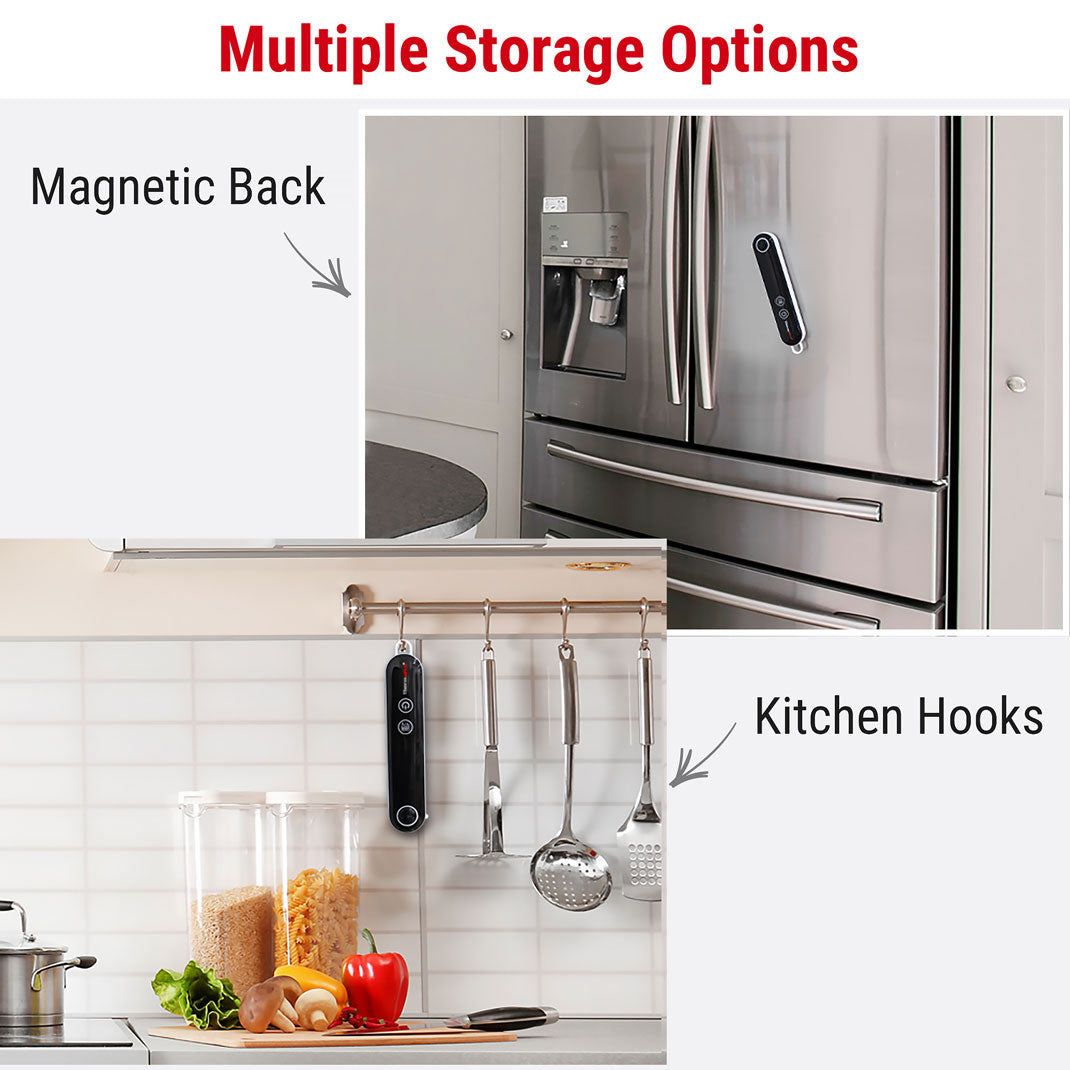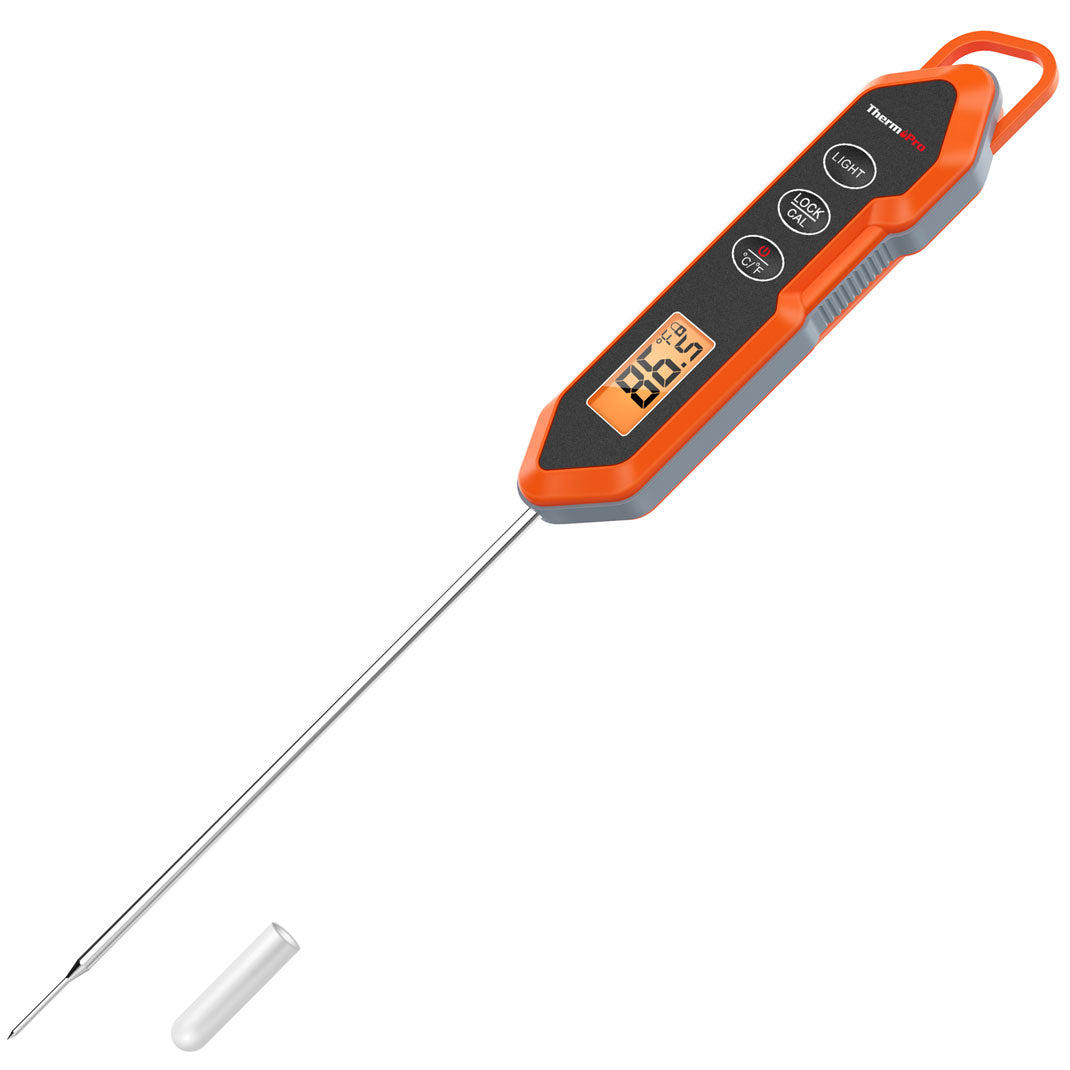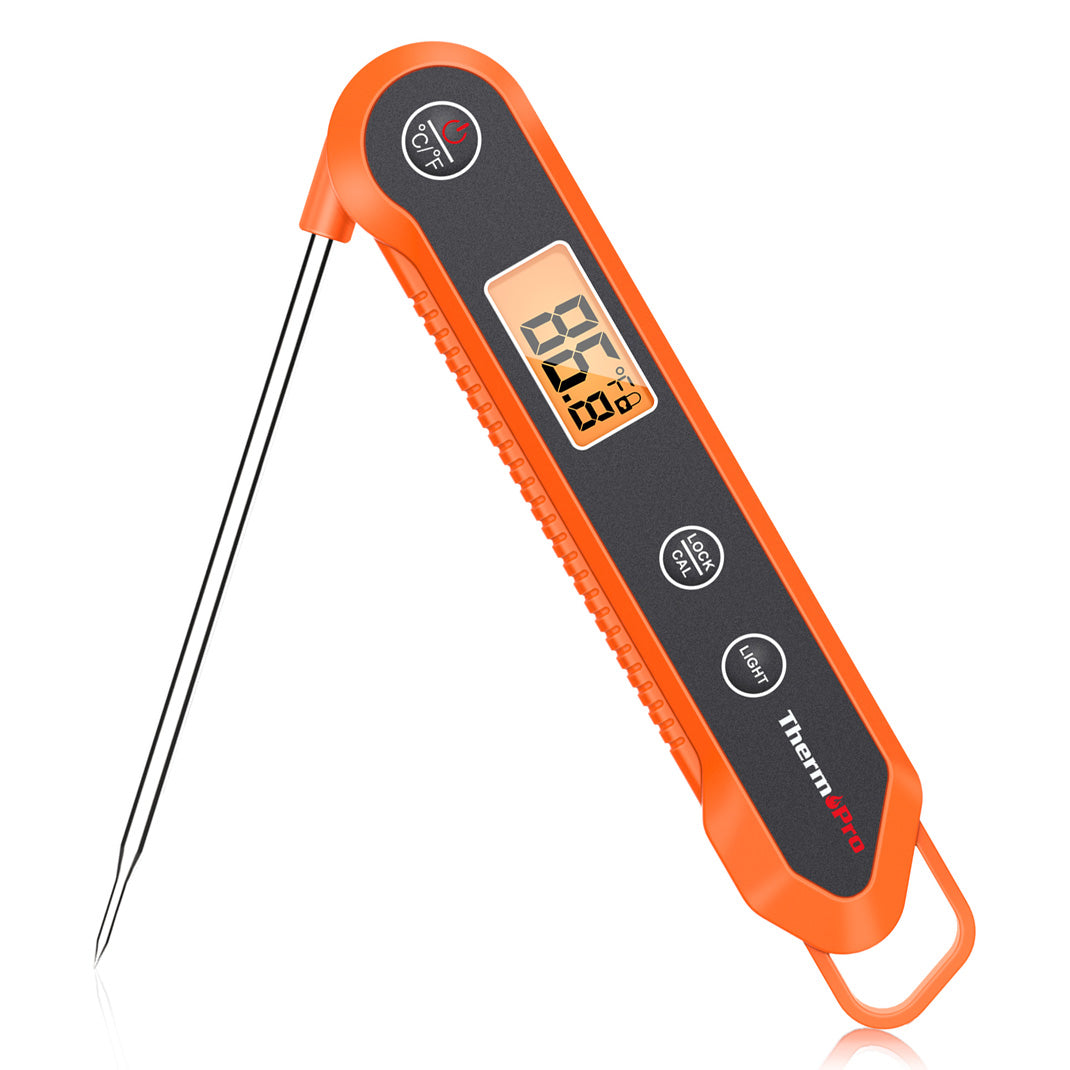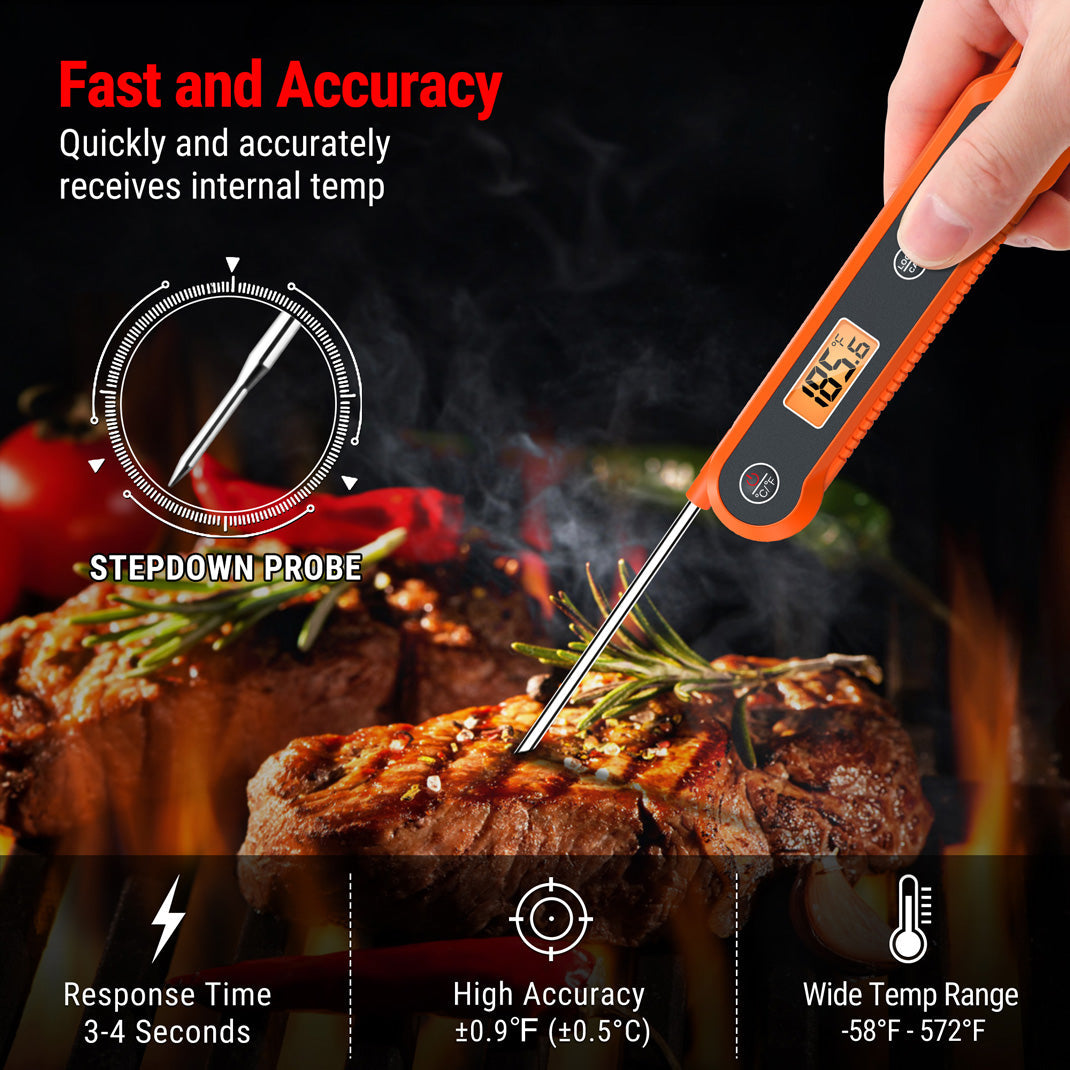How to Nail Fall Comfort Food Without Overcooking






 288 Comments
288 Comments
As summer fades and the first crisp breeze of fall rolls in, our appetites begin to shift. The chilled pasta salads, watermelon wedges, and cold brew coffees that fueled us through the hotter months give way to heartier fare, slow-simmered stews, roast chicken, and braised short ribs that fill the kitchen with savory aromas. Fall comfort food is a different beast altogether. It's indulgent, warming, and packed with complex layers of flavor. But here's the catch: it's also remarkably easy to ruin.
Unlike grilled burgers or a quick sauté, the dishes that define the cooler months often cook for hours. That means the margin between "perfectly tender" and "dry and overcooked" is surprisingly thin. Whether you're tackling beef bourguignon, chicken and dumplings, or a classic vegetable stew, mastering doneness is key, not just for flavor, but for food safety, too.
This is where technique meets science. And it's where tools like the ThermoPro TP620 Instant-Read Meat Thermometer earn their place in the kitchen.
Why Fall Comfort Foods Require a Different Skillset
Warm-weather cooking is often forgiving. If you overcook a grilled zucchini by two minutes, no one will notice. But fall recipes typically rely on longer cooking times, higher moisture content, and precise temperature control. Overcooking a stew by even 20 minutes can transform tender beef into chewy strands. Undercooking can leave poultry unsafe to eat.
Three major factors make fall comfort food trickier than it looks:
- Moisture Management: Soups and stews rely on liquid, but too much evaporation or too little can drastically alter the dish.
- Protein Sensitivity: Cuts like chuck roast or lamb shank need enough time to break down connective tissue, but if left too long, they dry out.
- Layered Cooking: Many fall dishes involve browning, simmering, and resting, which all require different temperatures.
That's why recipes often include both time and temperature guidance. The time is a rough estimate; the temperature is the truth.

The Science of Perfect Doneness
When it comes to meat and poultry, doneness isn't just about taste, but it's about safety. The USDA recommends that beef roasts reach a minimum of 145°F with a three-minute rest, poultry should hit 165°F, and ground meats should reach 160°F. For stews, this means ensuring every chunk of meat has reached that safe zone without overcooking.
Why does this matter so much?
Because meat texture changes dramatically depending on the temperature:
- 120–130°F: Rare to medium-rare, still red or pink in the center.
- 140–150°F: Juicy medium doneness for beef and lamb.
- 160–170°F: Fully cooked, firmer texture, safe for poultry and pork.
- 175°F+: Tough and stringy unless braised with sufficient moisture.
Using an ThermoPro TP620 Instant-Read Meat Thermometer gives you the precision to hit these targets without guesswork. It solves nearly every one of these challenges. Designed for speed and accuracy, it delivers a precise temperature reading in as little as 2–3 seconds. That means you can check the doneness of your roast chicken without leaving the oven door open long enough to lose heat.
Here's why the ThermoPro TP620 is ideal for fall comfort food:
- Ultra-Fast Thermocouple Sensor: Reduces guesswork and lets you check multiple pieces of meat quickly.
- High Accuracy: ±0.9°F ensures you're cooking to perfection, not just “close enough”.
- Water-Resistant Design: Splashes from simmering pots are no problem.
- Backlit Rotating Display: Read temperatures easily, even in low light.
- Magnetic Back: Keep it stuck to your oven or fridge for quick access during marathon cooking sessions.

When making a stew, you can test a few chunks of beef to ensure they've reached 160°F for food safety, but not overshot into the 180°F zone where they'd start to dry out.
Common Overcooking Mistakes in Fall Cooking
Even experienced cooks fall into these traps when transitioning from summer grilling to fall braising:
- Relying on Time Alone: Cooking times vary based on meat thickness, starting temperature, and even the cookware you're using.
- Guessing by Look or Feel: Dark meats like beef or lamb can appear done on the outside long before they are safe internally.
- Neglecting Resting Time: Just like a steak, stews and roasts benefit from a short rest before serving to let juices redistribute.
- Forgetting About Carryover Cooking: Food continues to cook after being removed from heat. Without checking temps, you risk overshooting your target.
What to Cook This Fall And What Temp to Aim For
Let's make your meal plan match your tools. Here are a few dishes to try with the TP620 on hand:
- Beef short ribs: Braise to 200°F for fall-off-the-bone results
- Coq au vin: Simmer chicken thighs to 165°F for rich, French comfort
- Lamb curry: Keep lamb chunks around 150°F for medium tenderness
- Vegetable barley stew: Probe potatoes and carrots to ensure 200°F softness
- Chicken pot pie: Check the filling hits 165°F before topping with crust
Your ThermoPro TP620 takes the stress out of second-guessing. Just insert, check, and enjoy.
Building the Perfect Fall Stew Without Overcooking
Stew may seem foolproof, throw ingredients into a pot and let them simmer, but the best versions require strategy.
Step 1. Choose the Right Cut of Meat
Tougher cuts with more connective tissue, like chuck roast or lamb shoulder, are ideal. They break down beautifully with low, slow cooking.
Step 2. Brown for Flavor
Before adding liquid, sear meat until it develops a deep brown crust. This creates rich flavor through the Maillard reaction.
Step 3. Control Your Simmer
Once the liquid comes to a boil, reduce it to a gentle simmer. Vigorous boiling can toughen meat and cause vegetables to disintegrate.
Step 4. Layer Ingredients by Cooking Time
Add carrots and potatoes later in the process so they don't turn mushy before the meat is done.
Step 5. Monitor Temperature Throughout
Use the ThermoPro TP620 to check meat temperature in the final stages. Remove the pot from heat when you're within 5°F of your target, carryover cooking will finish the job.

Beyond Stew: Other Fall Dishes That Benefit from Temperature Precision
- Roast Chicken: Ensuring breast meat hits 165°F without overcooking thighs.
- Braised Short Ribs: Perfect texture comes from cooking to about 200°F so collagen fully breaks down.
- Chili: Ground beef should be 160°F for safety.
- Stuffed Squash: Internal stuffing temp should reach 165°F.
Final Thoughts: Your Best Fall Cooking Yet
Transitioning from summer salads to fall comfort food is more than just changing recipes, and it's about mastering a new set of cooking skills. Overcooking is the most common mistake, but also the most avoidable. By investing in a reliable tool like the ThermoPro TP620 Instant-Read Meat Thermometer, you can approach each dish with confidence.
This fall, let your kitchen fill with the scent of slow-simmered stews, roasted meats, and baked vegetables, but not with the disappointment of overdone meals. With the right approach and the right tools, your comfort food can be as perfect as the season itself.
Comments
You May Also Like
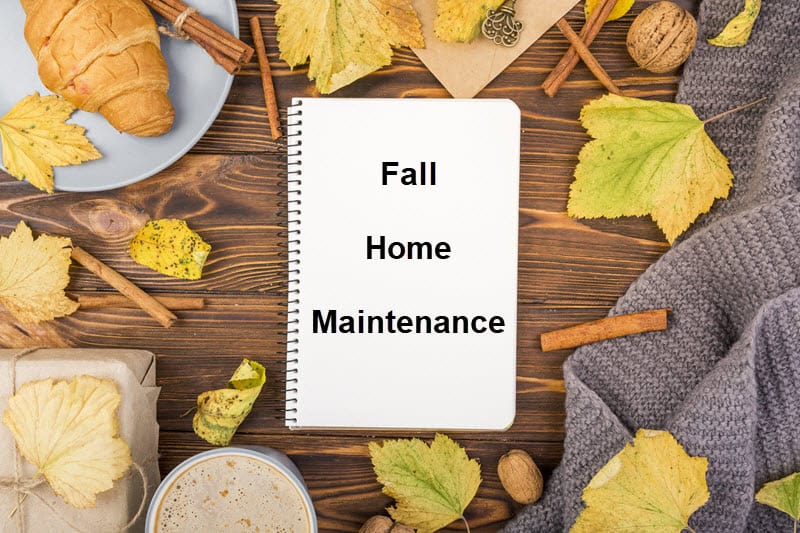
Fall Home Maintenance Checklist: 14 Tips for Homeowners
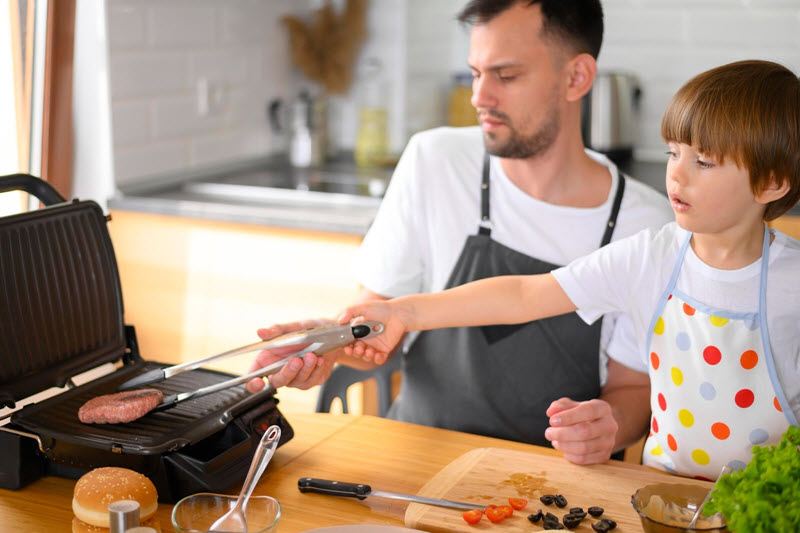
Indoor Grilling Tips for Fall 2025
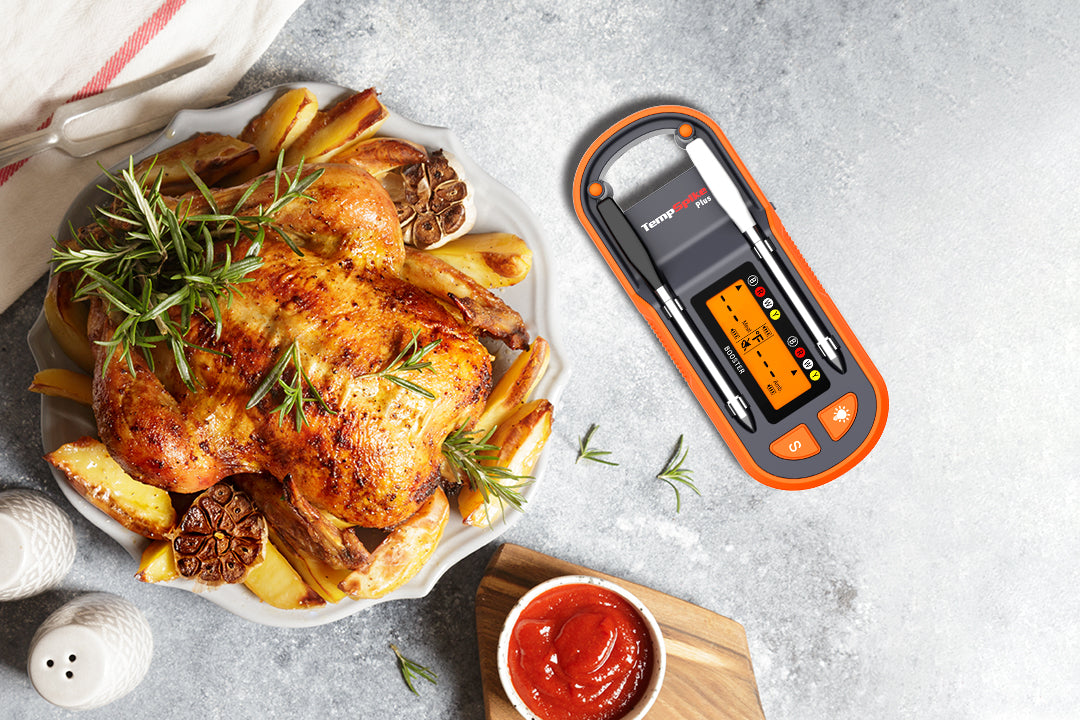
Where Do You Put Thermometer in Chicken?











